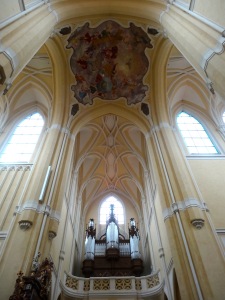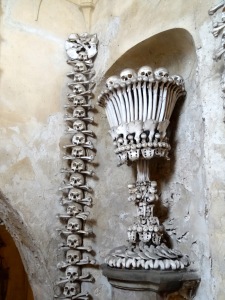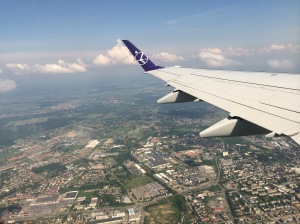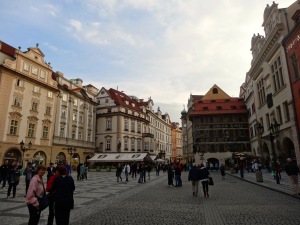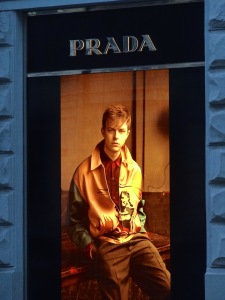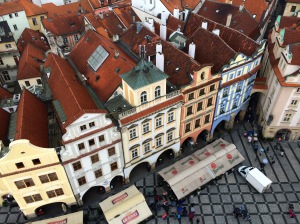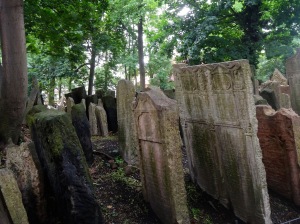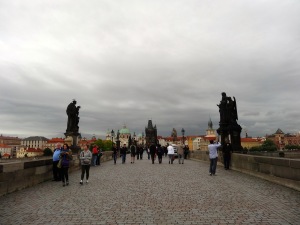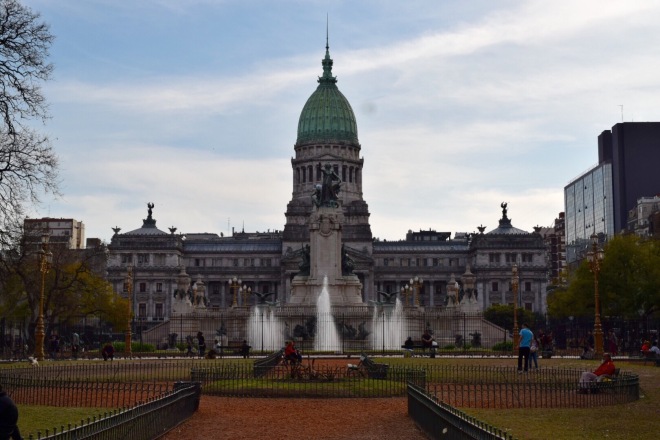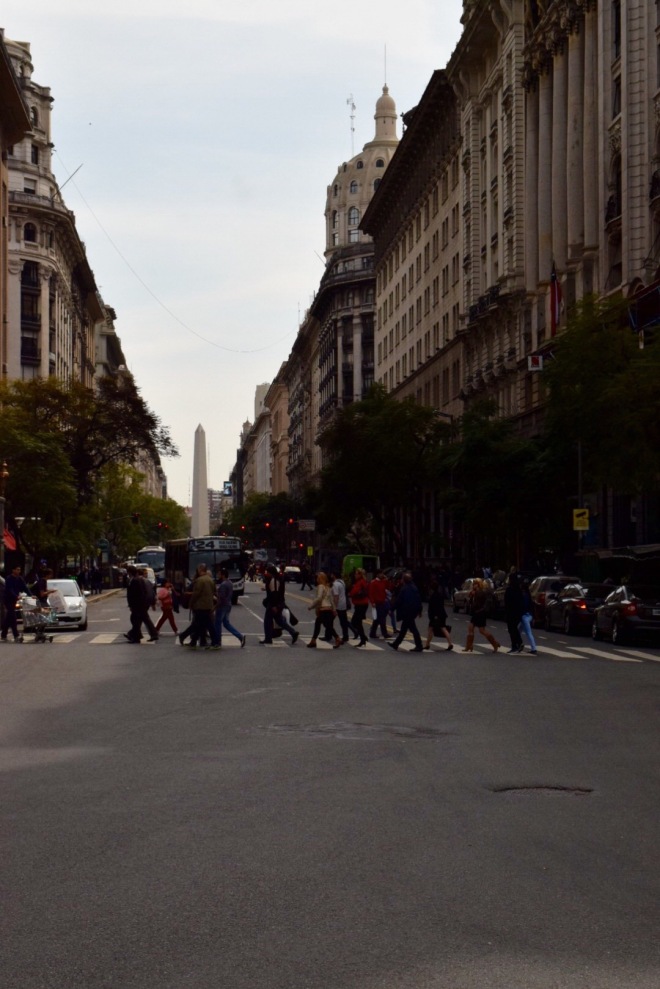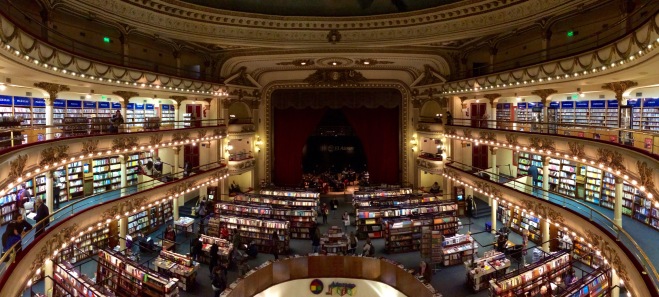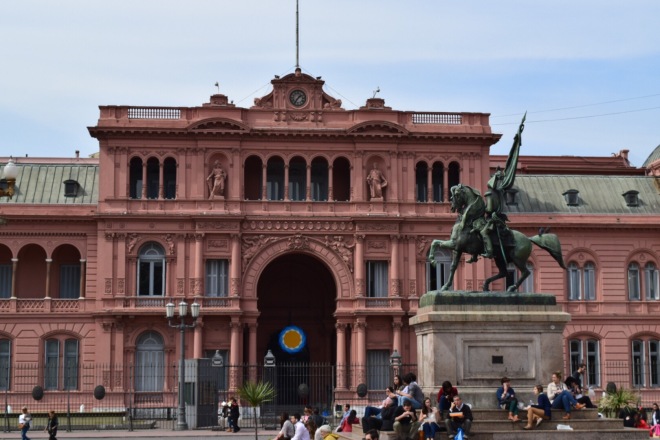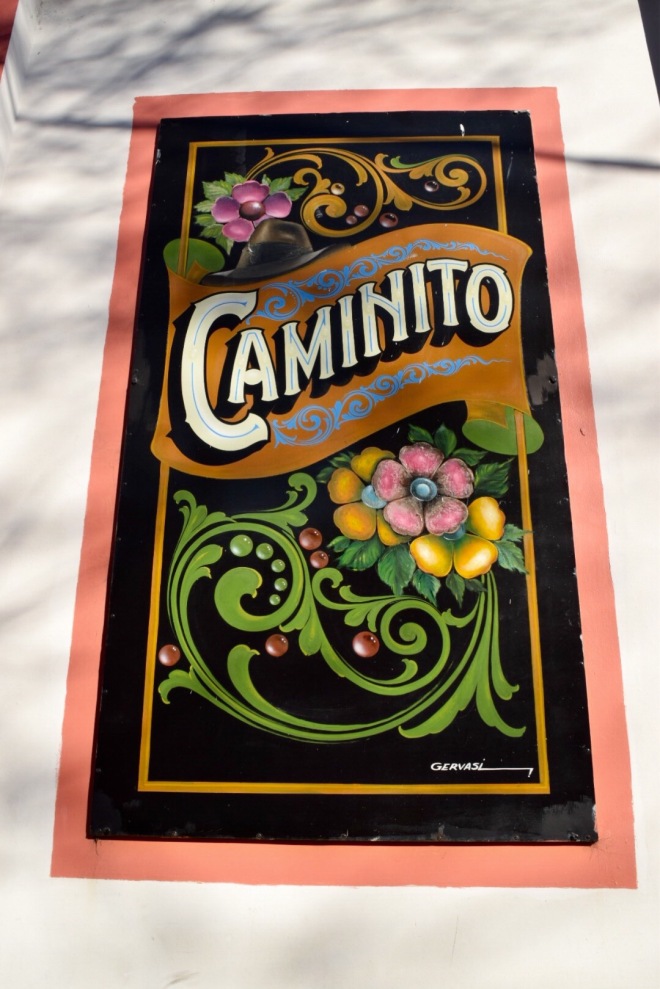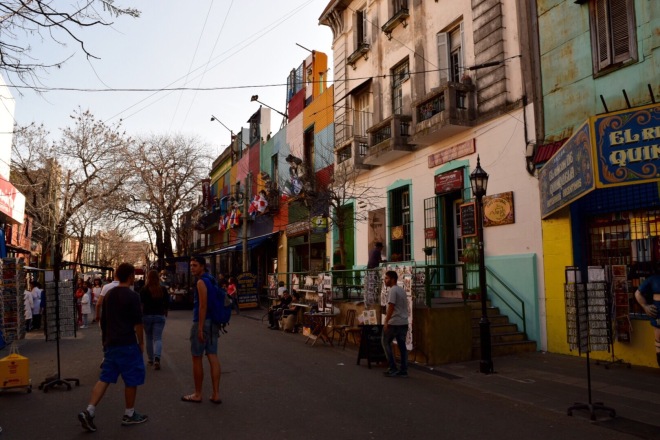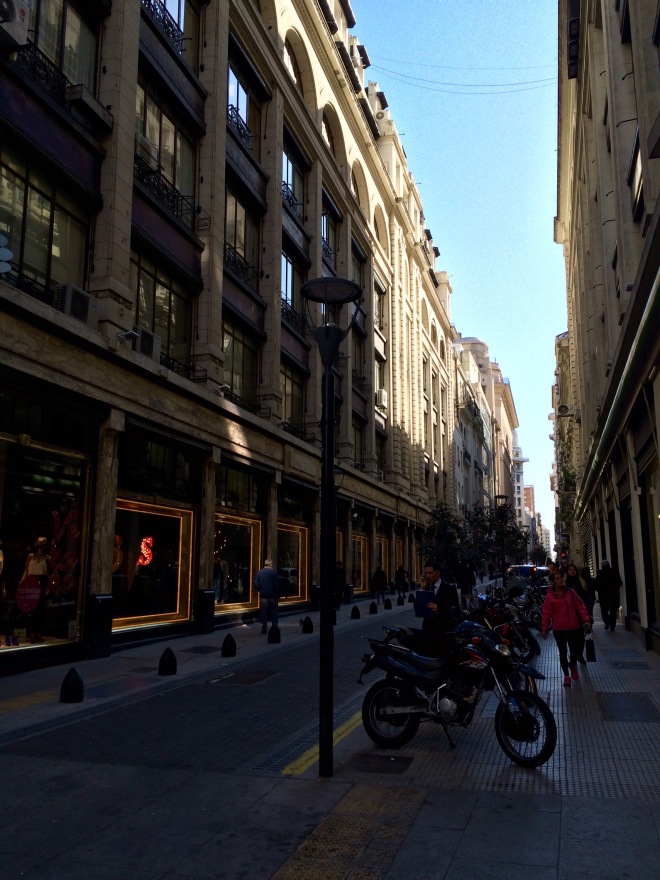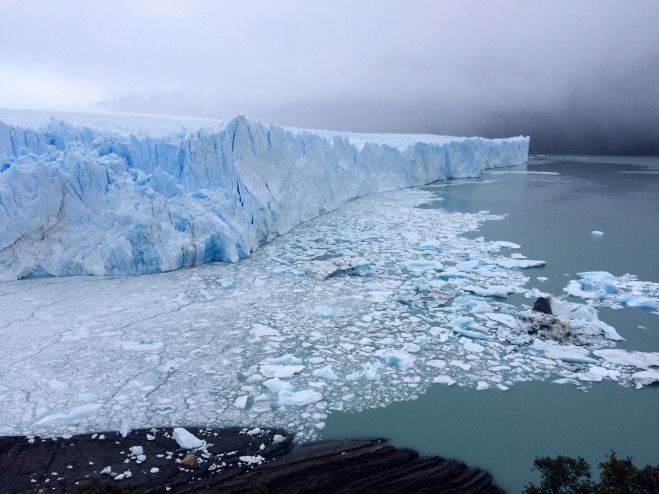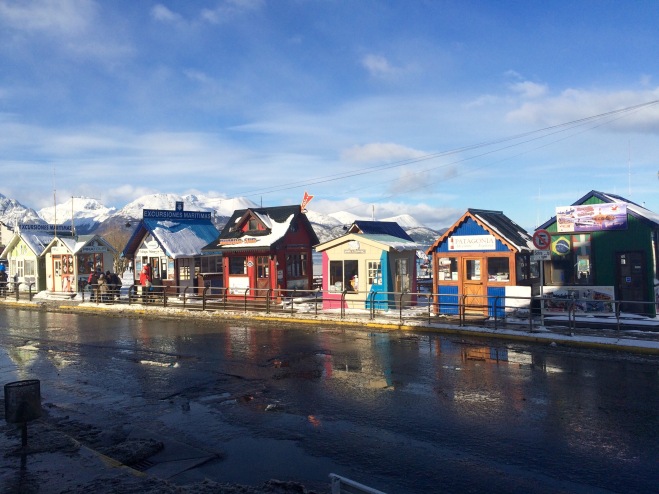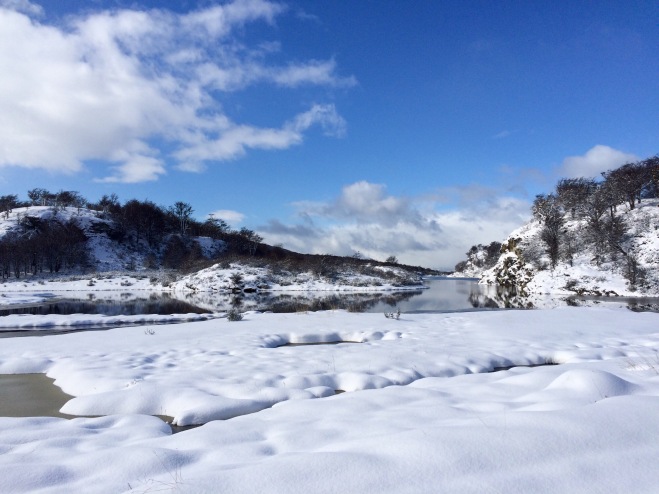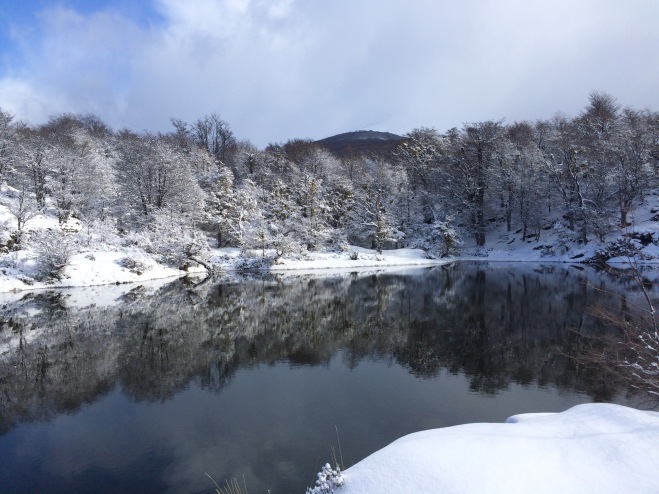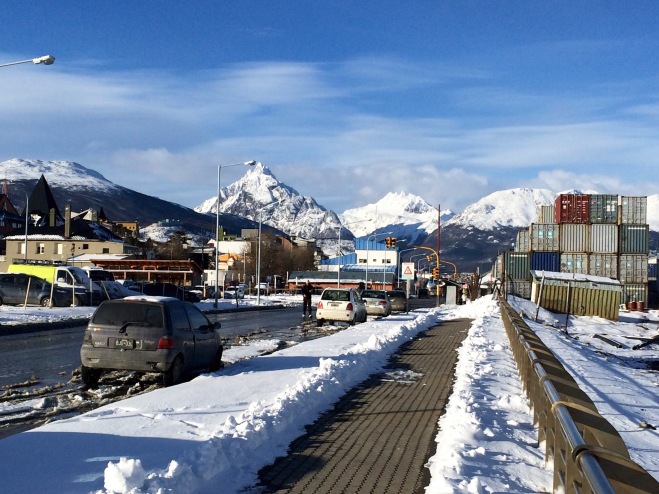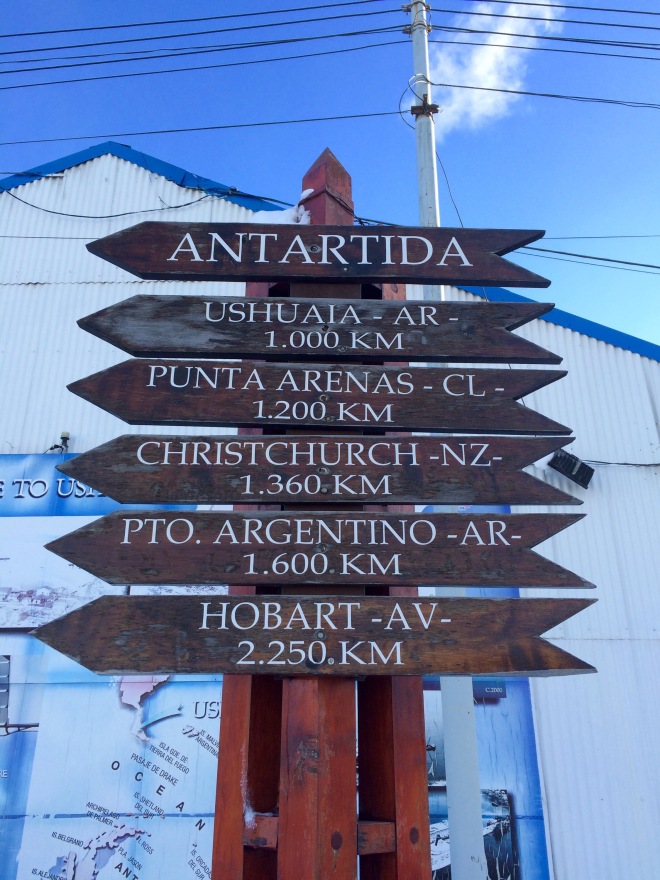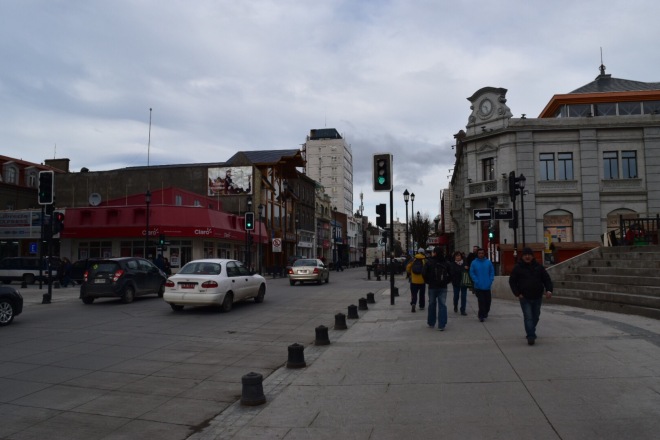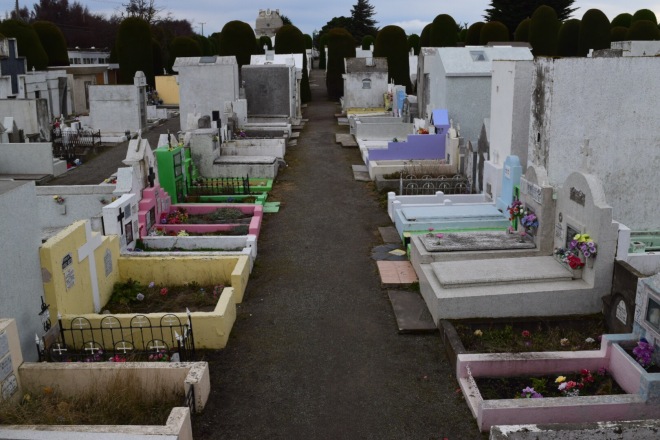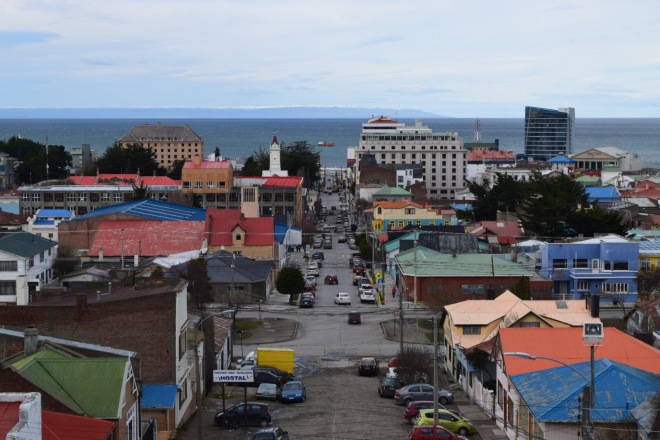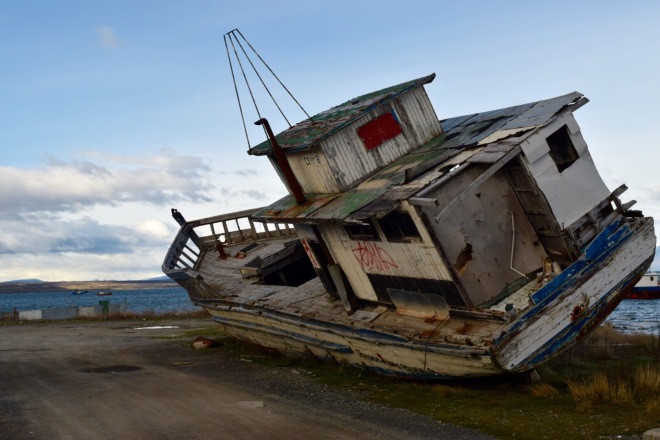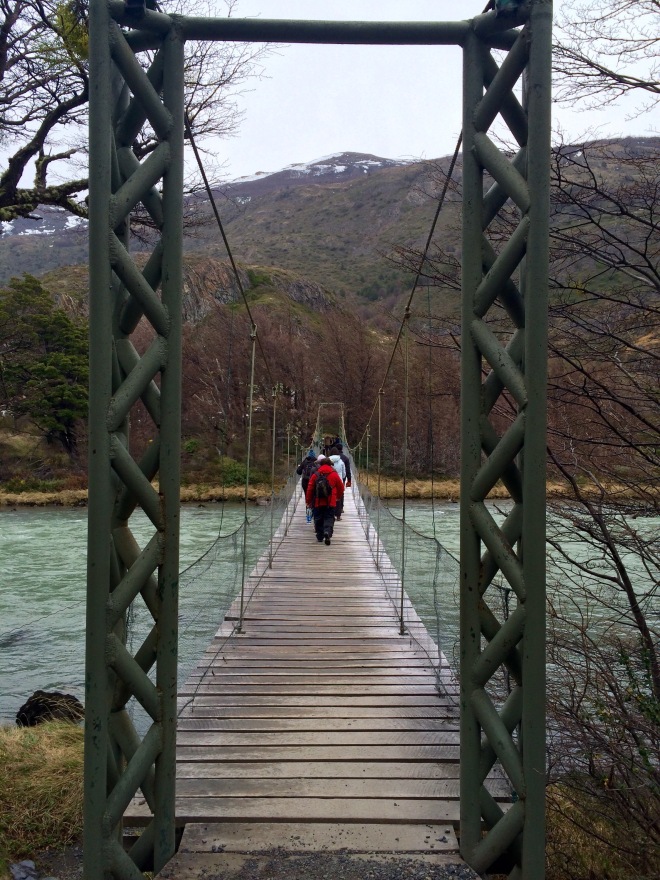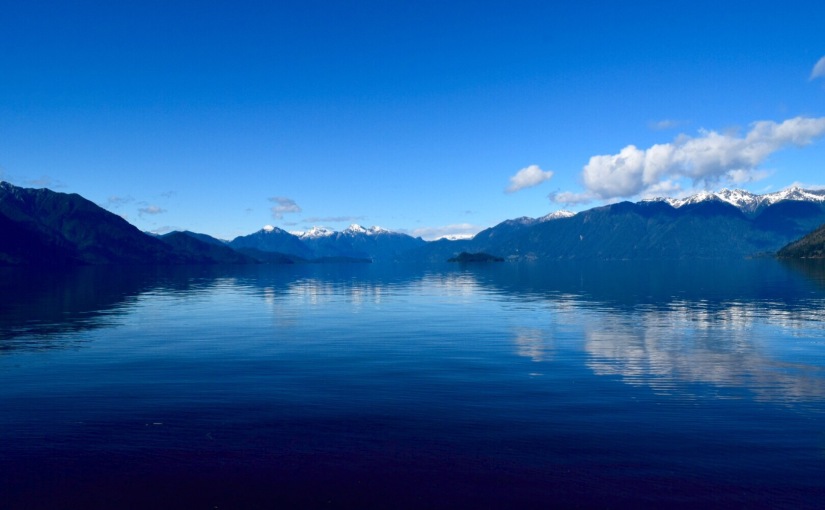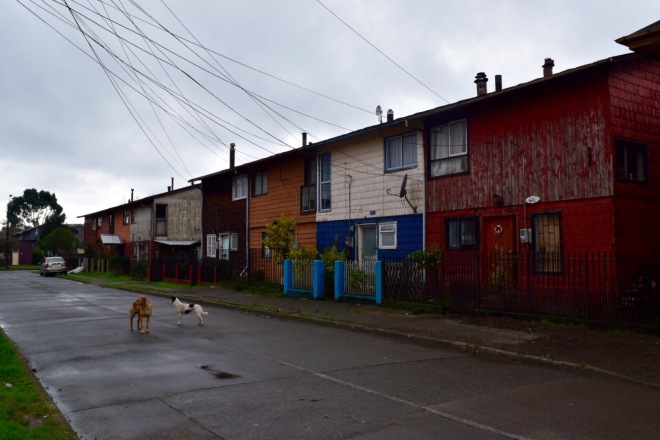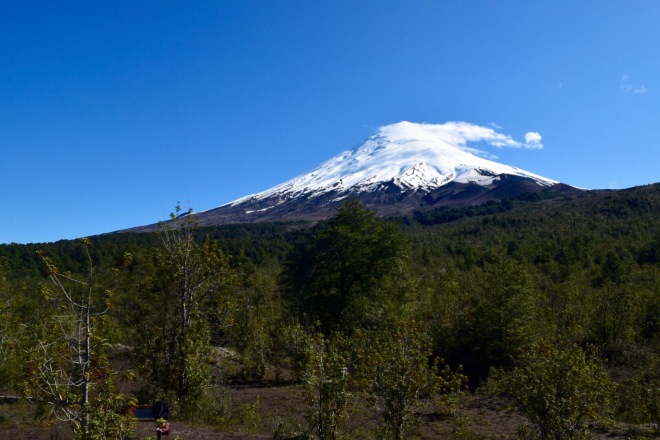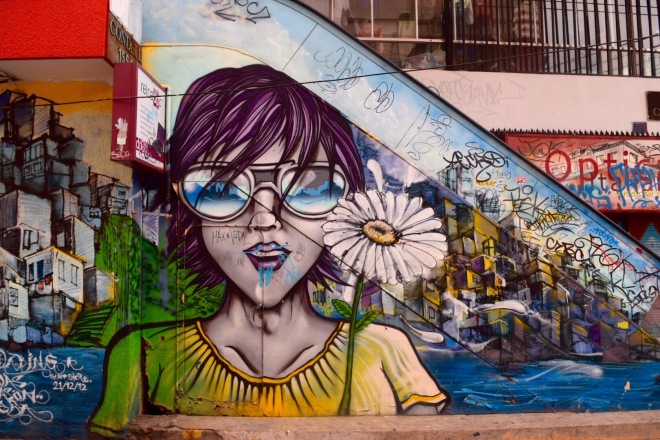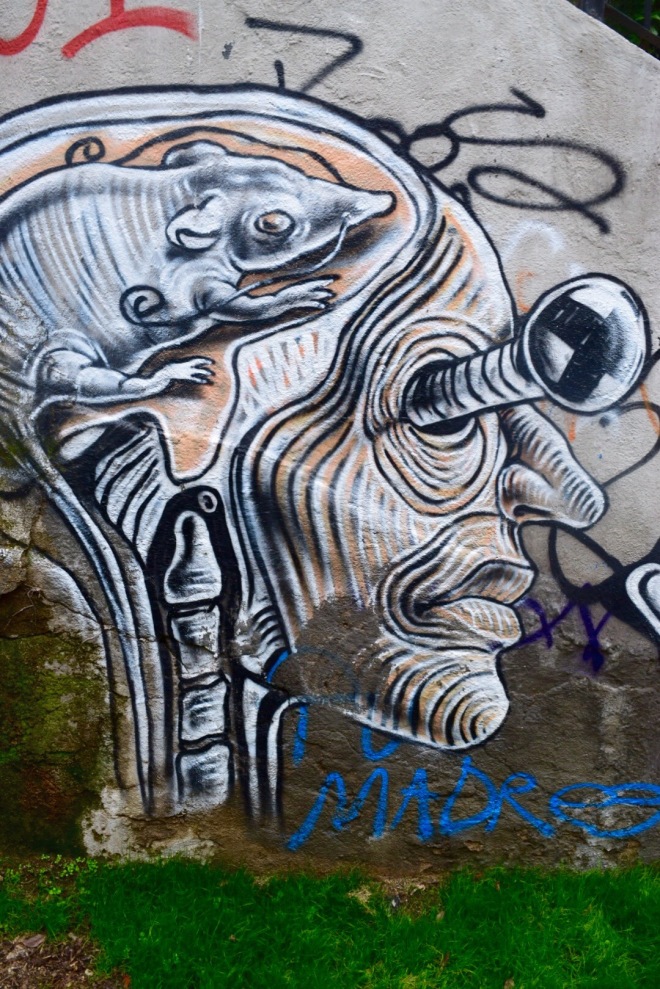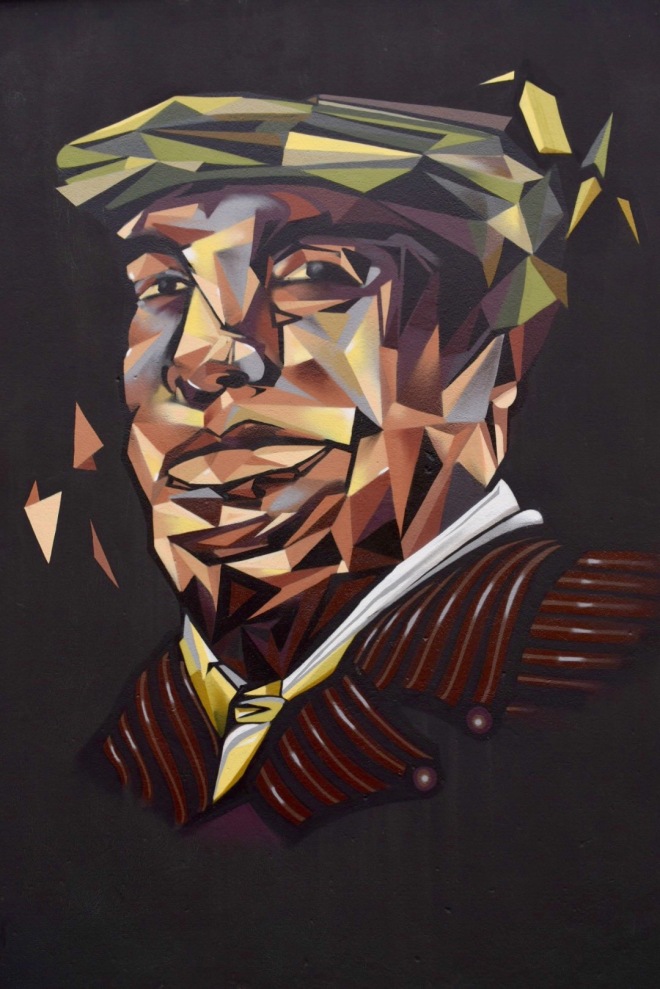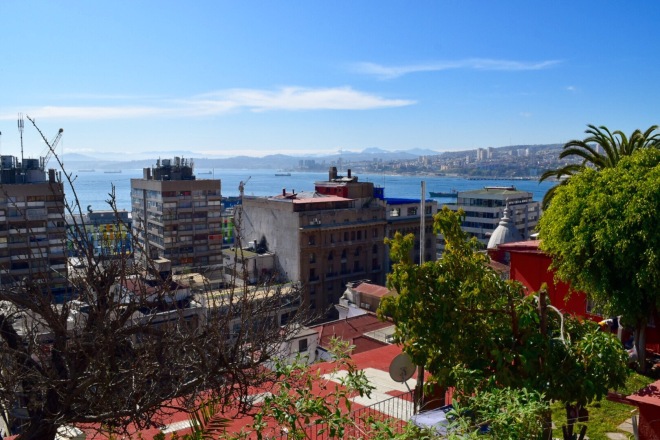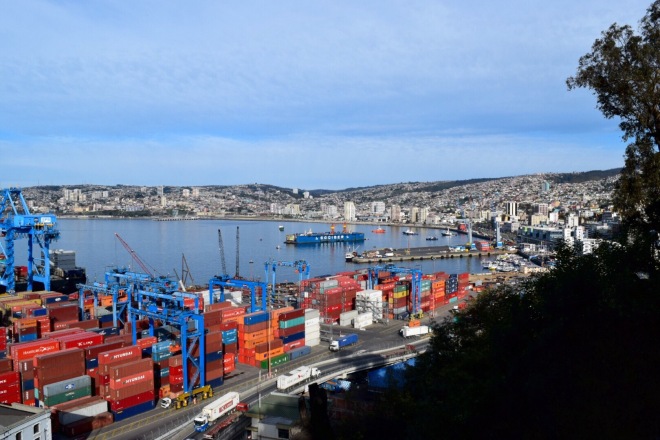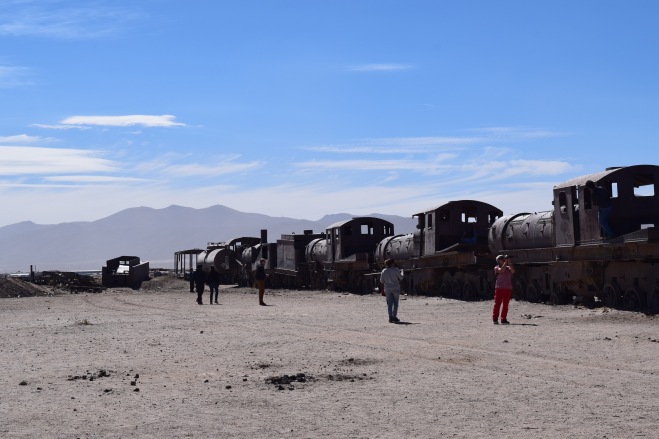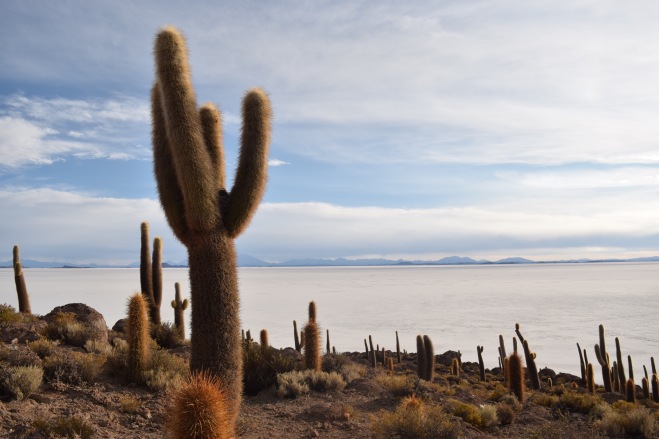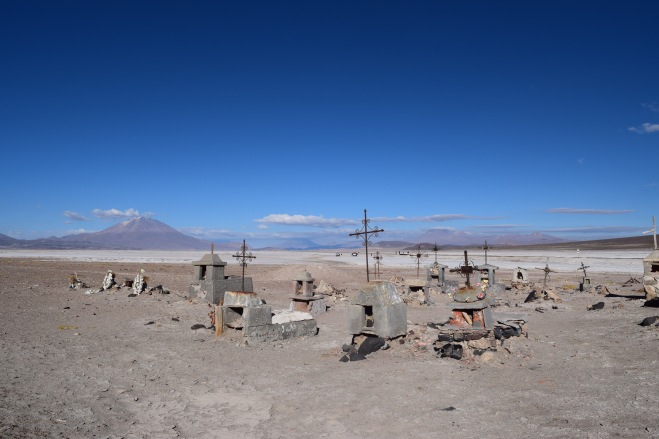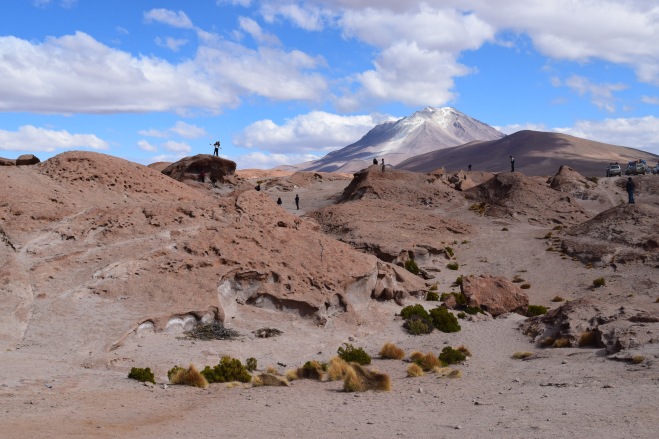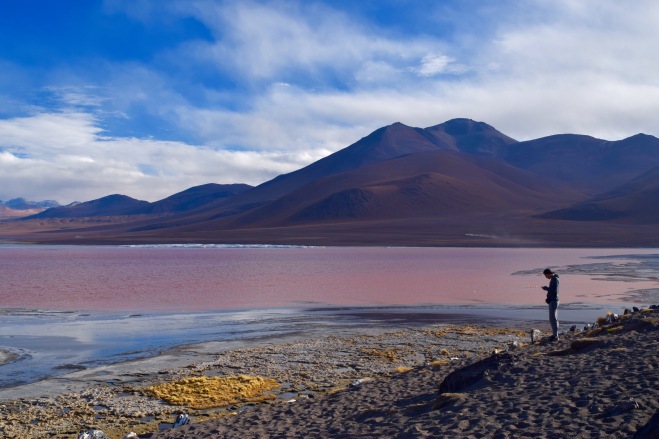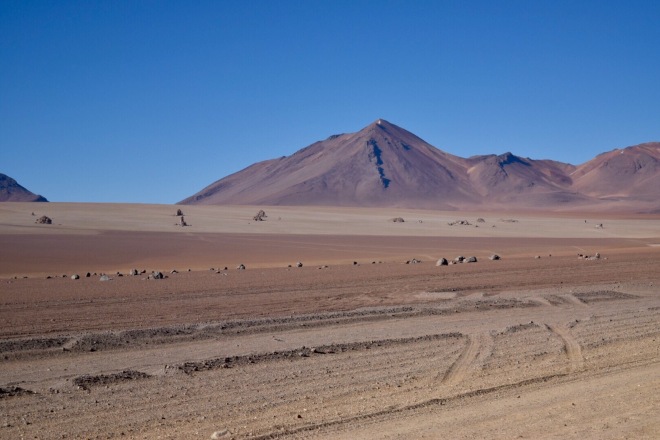Brno is the second largest city in the Czech Republic and the largest in Moravia. There is evidence of human occupation in the area since the Neolithic, and documented evidence of the city existing since about 1000 CE. Because of its rich history and culture, the city is a must see for anyone visiting the Czech Republic.
We arrived in Brno at around sunset. Walking out of the train station was a very sketchy feeling experience, as it looked like a place one shouldn’t be at dark here in the U.S. We walked toward where we were staying, Hostel Jacob, which was located in the main square near the church. Once we made it there and checked in (I used my Michigan driver’s license and confused the guy at the desk), we found food at this small fast food place that had pizza and kebabs, both of which were wonderful after not eating since breakfast. It was a weekend night, and Brno is a college town, so of course the streets were full of students heading to nightclubs and grabbing food before going out. We were definitely not interested in joining, as cross-country travel does not exactly promote high energy or desire to go clubbing. We crashed at our hostel pretty quickly to get ready for the long day of ossuary and crypt exploring the next day.

After enjoying the free breakfast in the breakfast nook of the hostel (fresh bread and Nutella!), we made our way to the square and entered St. Jacob’s Church, a stunning gothic church right in the center of the main plaza. The outside of the church is white, and the flying buttresses have been mostly obscured from view, making it look less gothic on the outside. The inside, however, is extremely gothic in style. The giant pillars and ornate ceiling gave it an imposing feeling, but the large windows brought in much needed light to contrast the darkness. The most impressive part of the church though, is located below ground.
The Brno Ossuary is located directly below St. Jacob’s Church, accessible by a small staircase to the right of the church. There’s a small museum at the entrance by the ticket booth which includes examples of skeletal trauma and pathologies, as well as a bit of art. The main ossuary is located behind a large iron door that leads into a dark brick corridor.

Soon after entering, the walls are made entirely of long bones and skulls. Floor to ceiling there are thousands and thousands of human skeletons placed in various piles. The skeletons came from an old ossuary that was rediscovered in 2001 when construction workers were renovating the cobblestones of the main square around the church. It is the second largest ossuary in Europe, only behind the catacombs of Paris. The bones were collected and moved to an area accessible to the public and the museum opened in 2012.

As you walk further into the ossuary, you will find a large stack of skulls, many of which show symptoms of disease like tuberculosis and syphilis. Evidence of disease continues into the main corridor, which houses hundreds of skulls carefully placed in the piles of femora, tibiae, and humeri. It was fascinating to examine the crania and find evidence of diseases, trauma, and genetic traits. Interestingly, many of the skulls in the ossuary had metopic sutures, which normally fuse together in childhood but occasionally stay unfused into adulthood. One of the most interesting crania has obvious signs of trauma that had completely healed, though it left a giant gash in the frontal. Also in the main corridor were old gravestones and coffins that were found in the excavations. The coffins were painted with scenes of the crucifixion, which were remarkably preserved for their age.
According to the time stamps on my photos, we spent almost two hours in the ossuary looking at the remains. Countless tour groups came and went while we were down there (including a middle aged man carrying a balloon). Eventually, though, we had to leave to get lunch and continue exploring the city. We got a suggestion from the hostel and made our way to a well known Czech restaurant a few blocks away, where we had an amazing Czech lunch of food I can’t pronounce.
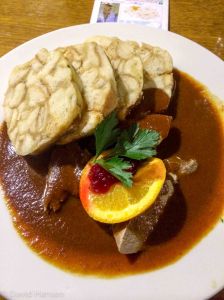
After lunch, we made our way through the shopping streets along the main corridor, which had seemed so unsettling the night before, but were actually full of high end shops and restaurants. On our walk, we stumbled across the location where Gregor Mendel lectured on his discovery of inheritance in pea plants in 1865. Not far from this location was the next part of our morbid tour of Brno, the Capuchin Crypt.
The Capuchin Crypt is a crypt attached to a monastery where the monks are buried. The bodies remain preserved as natural mummies due to the conditions of the crypt. In the museum section of the crypt, there are many examples of coffins from different time periods, as well as the bodies of some nobles from the mid-1700s. One of the noblewomen was actually buried alive, as her body was not placed in the usual burial positions and there were scratch marks inside the coffin. One floor down from these mummies were the mummies of the monks. The bodies lay in various states of decay along the edges of the room, their heads supported by bricks. There is one coffin in the room, located below a cross. The most recent decedent is placed in the coffin, and the remains that were in the coffin are placed on the floor with the rest of the bodies. Since there are so few monks, there is long enough of a time for the bodies to decay and preserve before the coffin is needed again. The entire crypt was fascinating, but had much less to see than the ossuary so we only spent about a half hour exploring.
From the crypt, we walked toward the Cathedral of St. Peter and Paul. This church is also in the gothic style (see a trend?) and is located on top of a hill, giving it a prominent position on the skyline. We couldn’t enter the church due to a wedding, but I was able to climb the tower and see the entire city below. Tiffany was all towered out after Prague and stayed on the ground to look around the church. It was interesting to see the divide between the old city and the industrial districts just on the other side of the train station where we came into the city.
From the cathedral, we continued walking around the city, eventually ending up at Špilberk Castle, a 13th century castle turned Hapsburg prison. We didn’t have time to explore much and see the rest of what we wanted to see, so we walked around the publicly accessible grounds and kept walking toward the Gregor Mendel museum nearby.
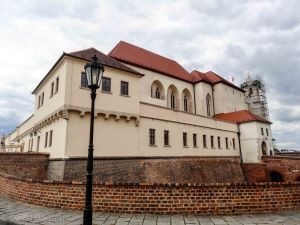
The Gregor Mendel museum is located right next to the Abbey where he lived and worked. The foundation of the original greenhouse in which he grew his pea plants is uncovered near the entrance of the museum. Even cooler are the pea plants growing next to the foundation which are descendants of the original experiment. The museum exhibits were very well made, explaining the history of Mendel and other scientists in the region before discussing genetics and how Mendel shaped the scientific community. The most fun part was the kids area, which had X and Y foam benches and a game where you put the green/yellow/smooth/wrinkly peas in the correct petri dish.
We left the museum in late afternoon and slowly made our way back to the hostel. At some point we stopped at a small shop to buy a couple of things we needed. Tiffany needed a small bottle of shampoo, and at this shop all the merchandise was behind the counter, so you had to ask for the item to see it. The lady at the store didn’t speak English, and neither of us spoke Czech, so we spent some time pointing and miming and trying to find words in my Central Europe Lonely Planet Phrasebook. Eventually we got what we wanted and went on our way, but it was a very memorable experience. We went back to the kebab place for supper and hung out in the hostel for the rest of the night. That was our last night in the Czech Republic, as the following morning we left for Krakow, Poland.
















